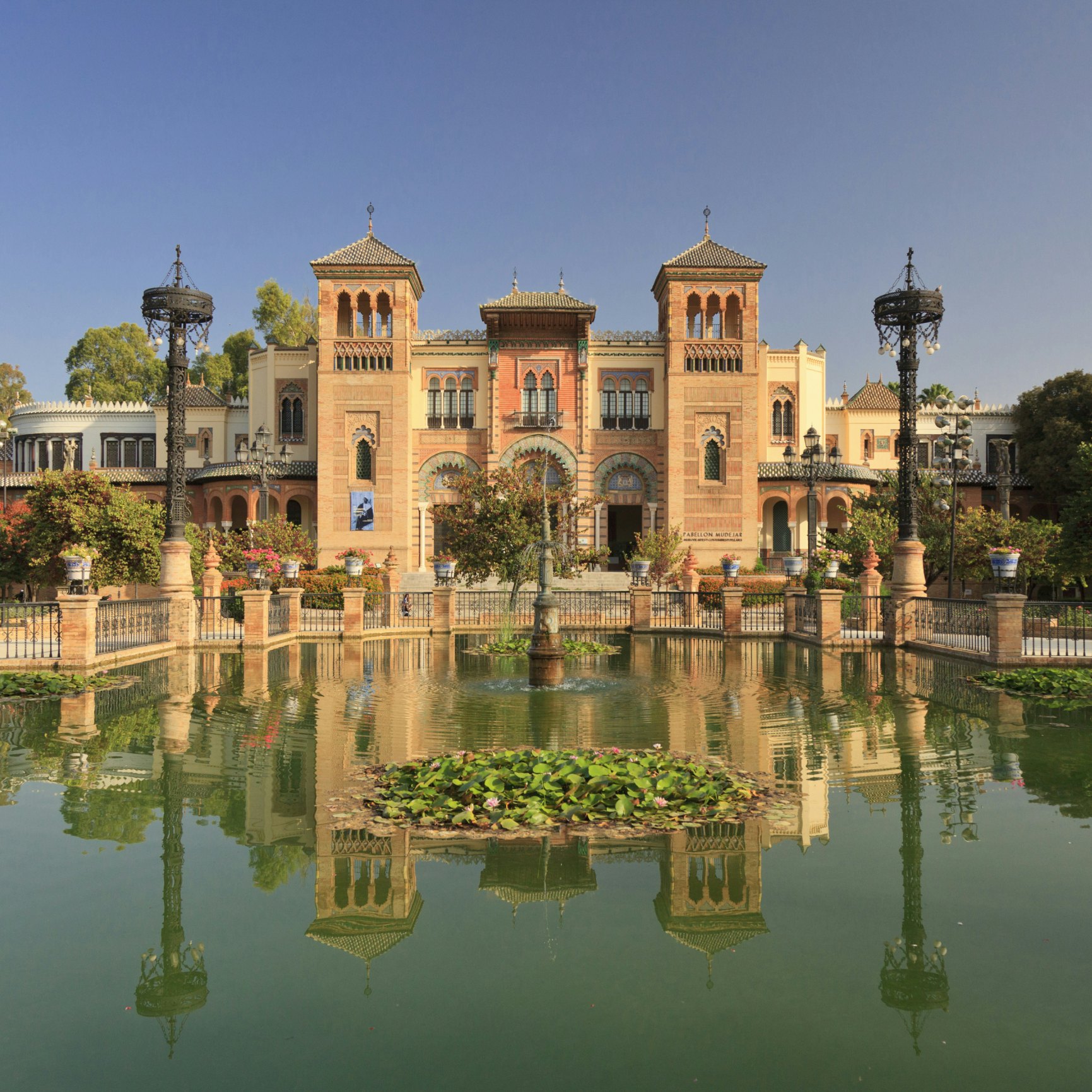
Overview
Seville seduces you. Flamenco clubs keep the intense intimacy of this centuries-old tradition alive whilst aristocratic mansions recall the city's past as a Moorish capital.
Leave the planning to a local expert
Experience the real Seville. Let a local expert handle the planning for you.
Must-see attractions
Planning Tools
Expert guidance to help you plan your trip
Best Things to Do
From flamenco shows to visiting treasured historic sites, here are the best experiences unique to Seville.
Read full article
Best Time to Visit
If you want urban exploring, budget travel, fun festivals or escaping the crowds, Seville is the place for you. Here are the best times to go.
Read full article
Things to Know
Plan the perfect trip to Seville with our insider tips on planning, etiquette, health and safety.
Read full article
Transportation
From using the tram and bus networks to exploring on foot, here are our tips for getting around in Seville.
Read full article
Free Things to Do
Explore centuries of the city’s history, see a flamenco performance or take in the latest contemporary art. Here are the best free things to do in Seville.
Read full article
Best Neighborhoods
Here are the best neighborhoods to visit in Seville, from atmospheric old town barrios to traditional flamenco areas with a local vibe.
Read full article
Day Trips
Where can you go for a day trip from Seville? Majestic Moorish cities, beaches, sherry country and hilltop towns are all excursions within easy reach.
Read full article
Money and Costs
From cheap beer to bike hire and budget-friendly accommodation, use this guide to keep your trip to Seville affordable.
Read full article
Get a book. Get inspired. Get exploring.
in partnership with getyourguide

















